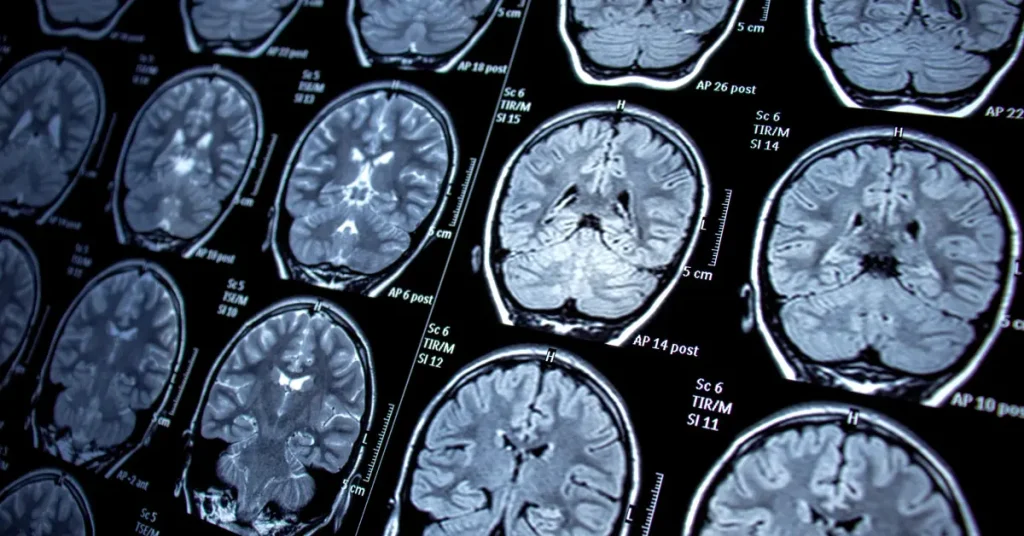Epilim Sodium Valproate Birth Defects
Sodium Valproate birth defects can be devastating for families, and may result in full-time care for the affected infant and their family. Sodium Valproate, a drug given to pregnant women who have bipolar disorder between 1967 AND 2016 – more commonly known as Epilim/Depakine/Depakote/Depamide – has resulted in severe Sodium Valproate congenital disabilities in up to 4,100 children in France, according to the French Health Authorities, after their mothers took the epilepsy drug sodium valproate.
Dr Mahmoud Zureik, the scientific director of France’s ANSM, found that the risk of significant Sodium Valproate congenital disabilities was globally four times higher in children born to a woman treated with Valproate for epilepsy, when compared to women who did not receive the drug: “The study confirms the very important teratogenicity of Valproate. Around 3,000 major malformations are particularly high.”
Epilim use in Ireland
Epilim has been licensed for use in Ireland since 1983 to treat epilepsy and bipolar disorder. The FACS Forum, which includes the Disability Federation of Ireland, Epilepsy Ireland, the Organisation for Anticonvulsant Syndrome Ireland, the Migraine Association of Ireland, Shine, the Genetic and Rare Disorders Organisation, and the Medical Research Charities Group, estimates that 400 infants may have been born here with Sodium Valproate birth defects resulting in foetal valproate syndrome. It is also believed to have been taken by thousands of pregnant women in the UK.
What is Foetal Valproate Syndrome?
- Foetal Valproate Syndrome is a rare congenital disorder caused by exposure of the foetus to valproic acid (dalpro, depakene, depakote, depakote sprinkle, divalproex, epival, myproic acid) during the first three months of pregnancy, leading to Sodium Valproate birth defects.
- Valproic acid is an anticonvulsant drug used to control certain types of seizures in the treatment of epilepsy. A small percentage of pregnant women who take this medication can have a child with Sodium Valproate birth defects, manifesting as Foetal Valproate Syndrome.
- Symptoms of this disorder may include spina bifida, distinctive facial features, and other musculoskeletal abnormalities.
- Affected infants are at higher risk of developmental problems such as decreased cognitive function, attention deficit disorder, learning difficulties and autism spectrum disorders.
Symptoms of Foetal Valproate Syndrome
Infants with Sodium Valproate birth defects presenting as Foetal Valproate Syndrome may be born with spina bifida. Spina bifida is the incomplete closure of the bony spine. It occurs when the tube of tissue that lies along the centre of the early embryo (neural tube) does not completely fuse during foetal growth. Part of the contents of the spinal canal may protrude through this opening (bifida cystica). Depending on the severity of the opening, a variety of neurological and physical symptoms may occur.
Distinctive facial features are characteristic of Sodium Valproate birth defects. Affected infants may have a vertical fold of skin on either side of the nose that forms a groove under the eye (epicanthal folds); a small, upturned nose with a flat bridge; a small mouth (microstomia); a long, thin, upper lip; a downturned mouth; and/or minor abnormalities of the ears.
- Other abnormalities that may be found in a few affected individuals with Sodium Valproate birth defects include:
- Underdeveloped nails of the fingers and toes;
- Dislocation of the hip; long, thin fingers and toes (arachnodactyly);
- Overlapping fingers and toes; separation of the rectus muscle of the abdominal wall (diastasis recti);
- Absence of the first rib; a condition in which the urinary opening is on the underside of the penis (hypospadias);
- Abnormalities of the heart; softening of the windpipe (tracheomalacia)
- And/or a club foot.
Growth deficiency and a tiny head (microcephaly) may also occur when valproic acid is taken in combination with other anticonvulsant drugs during pregnancy, contributing to Sodium Valproate birth defects.
Contact our solicitors
If your child has been affected by Sodium Valproate birth defects and you are seeking legal advice regarding potential compensation claims, specialist legal support is available. For confidential advice about your rights and options, contact Coleman Legal LLP on freephone 1800-844-104 or email [email protected].



![Sodium Valproate Inquiry [2025] Coleman Legal LLP](https://colemanlegalpartners.ie/wp-content/uploads/2025/07/Sodium-Valproate-Inquiry-2025-Coleman-Legal-LLP-1024x536.webp)

